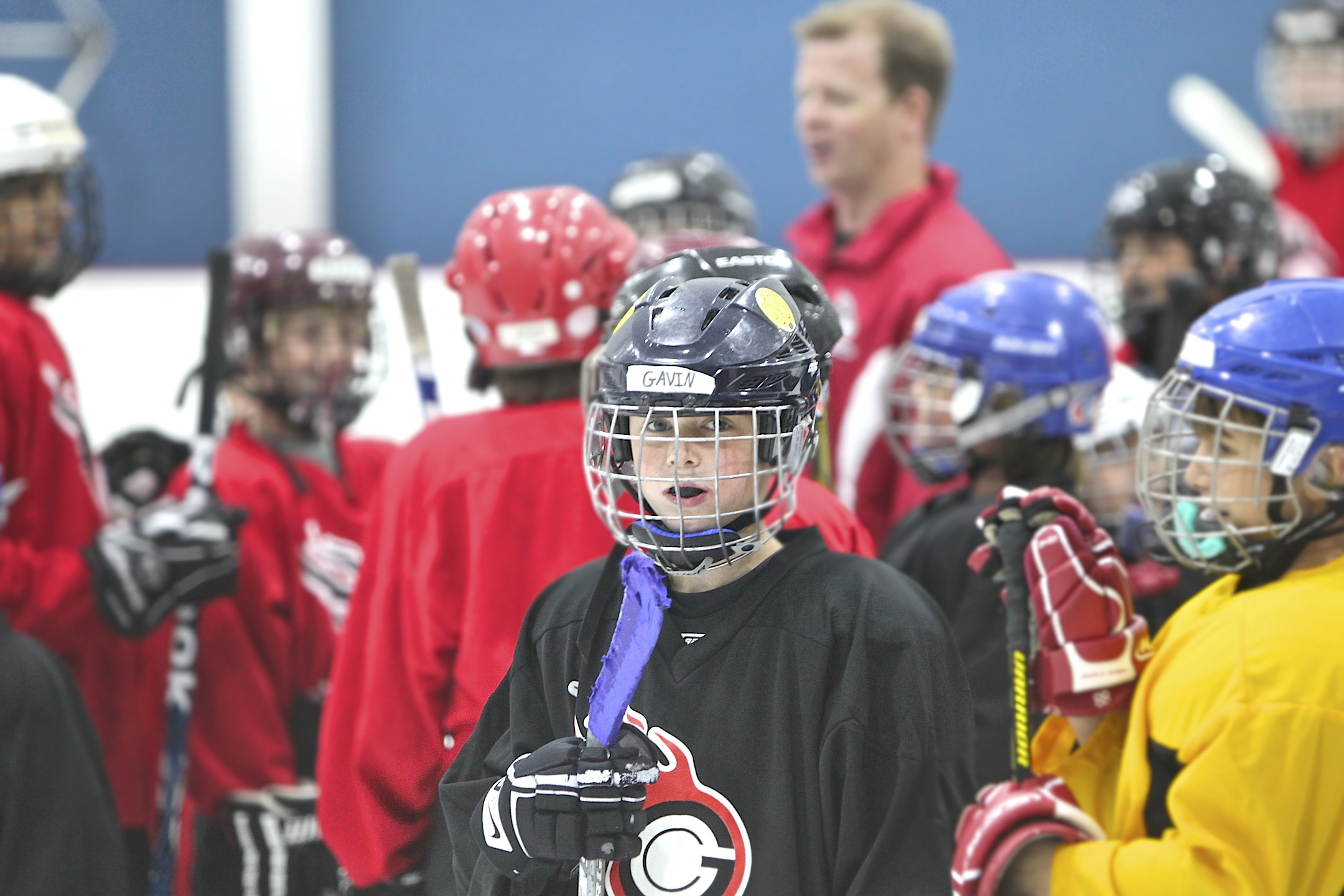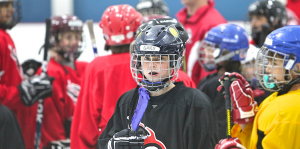28
October
Election Day – Who Deserves The “C” ?
Posted by Greg Carter
With Election Day just around the corner there is plenty of consideration – and consternation – among voters. Leading up to this election candidates on both a local and national level have displayed their character and aptitude through both action and words. At this point all that remains is the final decision of voters on who is best positioned to be a leader.
The definition of a leader is “the power or ability to lead other people”. Characteristics of a leader are similar, whether in sport, business or politics. A leader is someone who inspires and motivates. They are humble, intuitive, dedicated and solution oriented.
When hockey teams vote on who deserves the honor of wearing the “C” on their sweater, teammates and coaches make their decision based on many of the same considerations voters use to elect politicians, namely, the ability to lead. This should not be a popularity contest or an honor simply given to the best player on the team.
So what does it really mean to be a team captain? A captain and leader:
* Is respectful of teammates as well as the game of hockey.
* Has a deep desire to win, to work hard and to inspire others to work just as hard.
* Is honest and trustworthy.
* Sets good examples in the good times, and well as during the challenging moments of the season.
During this election season we have seen plenty of examples of what defines leaders and captains, as well as unfortunate situations that do not define leadership. For youth hockey players and captains, it’s important to remember that captaincy is a special honor, and one to be taken seriously on behalf of both teammates and coaches who look to their captain for leadership. Remember that the role of the captain and leader also extends beyond the ice, into the locker room and into daily life.
The following is one of our favorite quotes regarding leadership: “The function of leadership is to produce more leaders, not more followers.”
We hope you are have a great start to the season and that you elect a great captain – and leader – for your team!



 Training hockey players and helping in their development is very rewarding. We’d like to introduce some of the best players we met and had the privilege of working with this summer.
Training hockey players and helping in their development is very rewarding. We’d like to introduce some of the best players we met and had the privilege of working with this summer.
 Subscribe
Subscribe Subscribe
Subscribe




